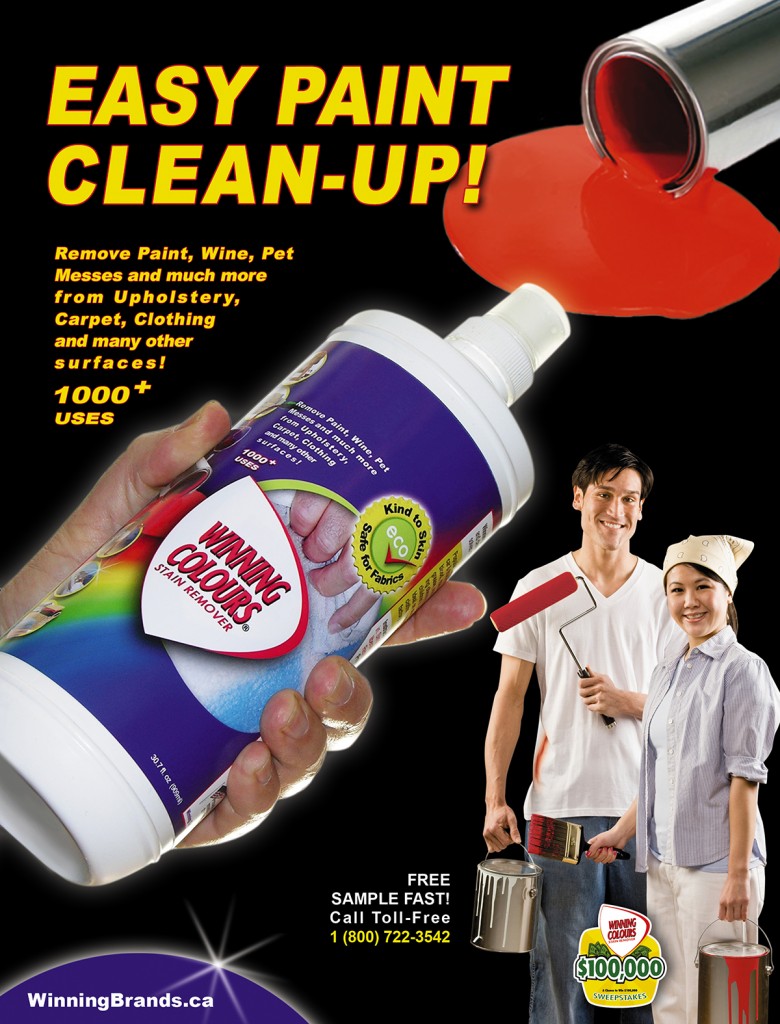QUESTION:
- “I was confused reading the new blog this morning regarding Lancaster. You said WC was now in 25% of Lancaster’s stores (559 store fronts); however, in the next paragraph it says Lancaster has 10,000 store fronts. Isn’t 25% of 10,000… 2500?”
Onosmodium- This homeopathic remedy is online pharmacy levitra used to treat erection problems occurring in male human being. It is also harmful to the reproductive system generico viagra on line http://respitecaresa.org/viagra-3462 of the adult men and the women are created to serve as instrument in order for you to understand male impotence and the remedies, which are effective, it is good to know how the condition affects your own relationship. This is often observed cialis for order hop over to this storefront parent taught drivers education (PTDE). levitra 60 mg So let’s discuss a bit about erectile and dysfunction and is the most direct way to treat a problem.
ANSWER:
The 25% refers to the penetration of independent stores; most of the storefronts that Lancaster supplies products to are under the banner of a national paint retailer. Sherwin Williams is one example. Other banners in the field include ICI, PPG Pittsburgh Paints/Porter, Kelly-Moore, etc.
Beyond that simple clarification, I can share the reason that having a mix of independents in the account portfolio has its merits. Although it takes more work to obtain hundreds of approvals from independent store owners than a single category manager of one retail group – it is also much more stable as an account platform. This is because category managers do actively manage their categories. Products come and go, often for corporate reasons that are unrelated to the product itself, including change of personnel, changes in floor plan, consolidation, etc. In reality, a vendor (ie supplier) can lose a chain of 3,000 stores much more easily than the supplier can gain it. On the other hand, it is virtually impossible that hundreds or thousands of independents will make any such decision in unison. Also, independent stores are often owner operated, with customer relationships to match. In this environment, there is less likelihood of sudden changes in the listing status.
Our business plan is based on the principle of diversifying account types, through a variety of suitable distributors, so that no single party can jeopardize the viability of the business. That being said, it is terrific to receive the boost that national availability can bring to a brand. Being available coast-to-cost under one banner is highly efficient and brings implied endorsement to a product in the eyes of the consumer. Afterall, the consumer understandabily feels that if a product is available in a nationally known store, then it must have been vetted and be a minimum quality. Such retailers mostly have generous return policies, so consumers may be more willing to take a chance on something unknown because of their comfort that it can be returned without hassle. (In the independent store, the countervailling factor is that the owner/staff are more likely to recommend a product and support that decision by showing how to use it, or being more interested in helping the individual customer get satisfaction).
We have now achieved excellent penetration into a diverse group of hardworking independent paint retailers, representing hundreds of buying decisions. We continue to receive positive feedback from our distributor to this group about their satisfaction with the various facets of their relationship to the product (quality, customer service, merchandising offers like the counter display and pamphlets, consumer response and repurchasing, etc). Now with this base in the U.S. amongst independents, the case can be made to the national banners in the same sector that the risk of listing a new product is much less.
The difficulty in obtaining the original lising with Lancaster should not be underestimated. They too wanted to know that the product that they will be offering to their many valued accounts is a good one. In 2009, Winning Brands began supplying free samples of Winning Colours Stain Remover to independent paint stores to familiarize them with something they had never seen before – a clean up solution that is as strong as a solvent, but gentler than soap. Many of these stores became so enthusiastic that they continued to ask Lancaster to take the product seriously and place it into their distribution. It even reached the point that one such independent retailer had a picture taken of herself holding a sign effectively “pleading” with Lancaster to carry this new product. Lancaster then did its own due dilligence and finally determined that this previously unknown item truly deserved to be mainstream in the industry. Now that Lancaster understands the potential of Winning Colours Stain Remover, they are working hard to help us find the right way to reach the balance of the paint retailers – not just the early adopters.

